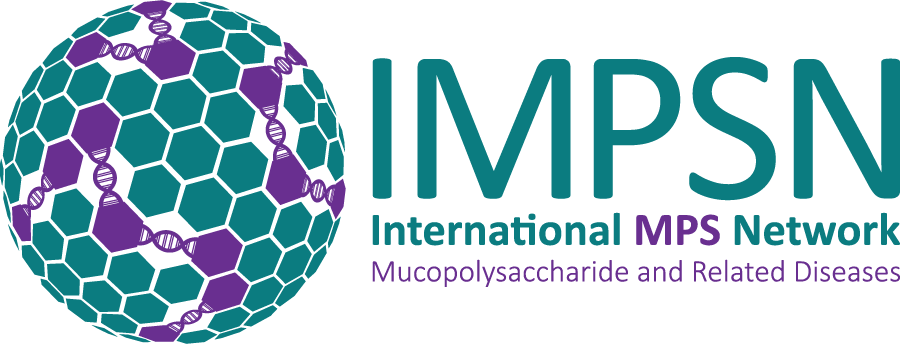What is MPS VI?
MPS IV is a mucopolysaccharide disease known as Maroteaux-Lamy Syndrome. It takes its name from two French Doctors, Dr. Maroteaux and Dr. Lamy, who first described the condition in 1963. MPS VI has a wide range of symptoms that vary in severity and can be managed and treated with enzyme replacement therapies. There is no cure for MPS VI.
What Causes This Disease?
Mucopolysaccharides are chains of sugar molecules used to build connective tissues in the body.
“muco” refers to the thick jelly-like consistency of the molecules
“poly” means many
“saccharide” is a general term for a sugar molecule
The body constantly replaces used materials and breaks them down for disposal. MPS VI patients are missing an enzyme essential to breaking down the mucopolysaccharide dermatan sulfate. These materials remain stored in the body’s cells, causing progressive damage. Babies may show little sign of the disease, but as cells sustain damage, symptoms start to appear.
To request more information about MPS and related LSD’s please contact us.
